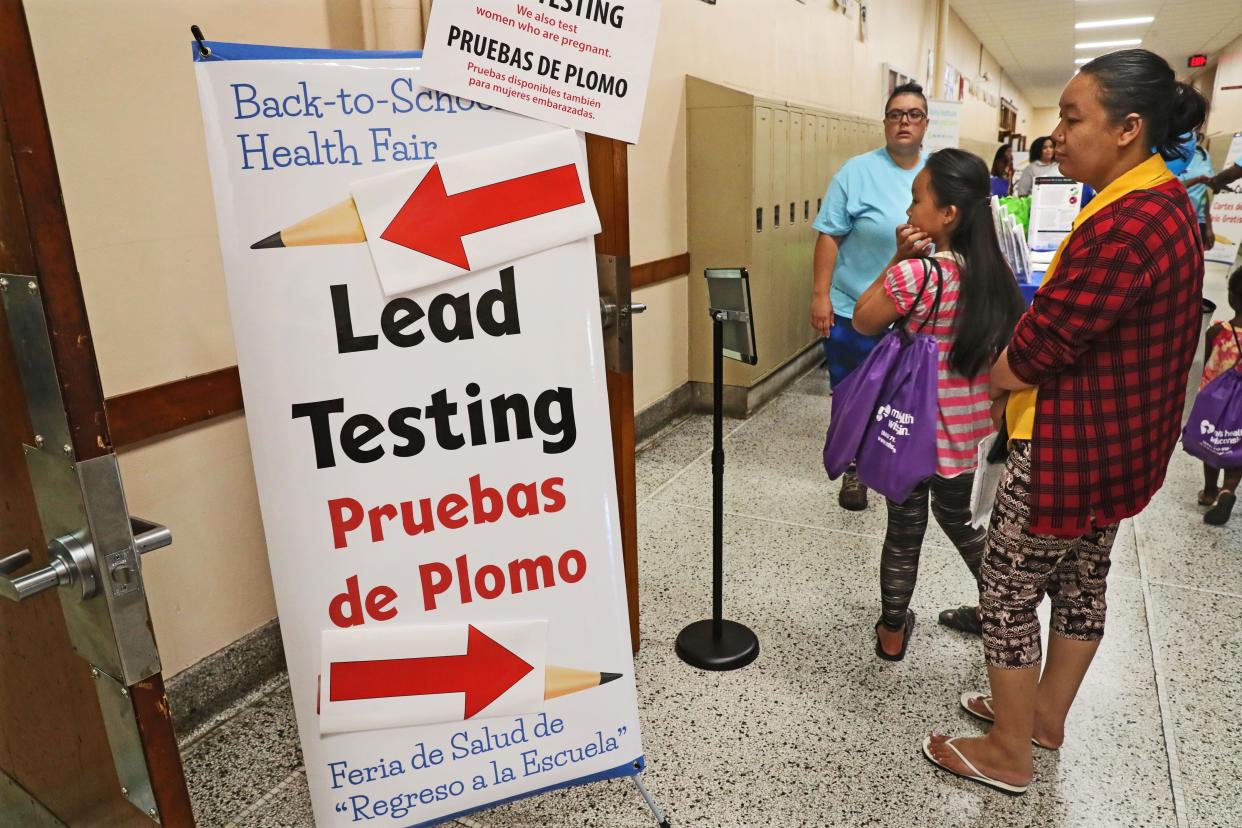Washington Ozaukee Health Department starts lead poisoning awareness campaign

Because lead poisoning is 100% preventable, said Kim Buechler, director and health officer at the Washington Ozaukee Public Health Department, the department started a lead poisoning awareness campaign to educate the community.
The campaign provides tips, information and resources for families with young children so early exposure to lead can be prevented, Buechler said in a released statement.
The campaign will run throughout 2024 and is slated to include radio and TV commercials, a social media campaign, printed posters and brochures, digital ads and local newsletter content, according to department officials.
“Our goal is to connect with the parents of Washington and Ozaukee counties and help prevent their children from being weighed down by lead poisoning in the formative years of their lives,” Buechler said.
What ages are more at risk for lead poisoning?
According to the Wisconsin Department of Health Services, lead exposure can be dangerous for children under age 6 and especially for those from birth to 2 years old.
This is because their bodies are still growing rapidly and young kids tend to put their hands and other objects in their mouths, according to the Centers for Disease Control and Prevention. These items may be contaminated with lead dust.
What are the effects and symptoms of lead poisoning?
Some symptoms and effects of lead poisoning include developmental delays, learning difficulties, decreased memory and lowered IQ, according to the Washington Ozaukee Public Health Department.
According to the CDC website, there can be damage to the brain and nervous system, hearing and speech problems and behavior problems.
What are the common sources of lead exposure?
The common sources of lead exposure, according to the Washington Ozaukee Public Health Department, include paint and varnish in homes built before 1978, some soil and tap water exposure, clay pots, spices, toys, makeup, jewelry and ammunition.
How can my family and I live lead-free?
Tips provided by the Washington Ozaukee Public Health Department include keeping children away from chipped paint or varnish, washing hands before meals, bedtime and naptime, regularly washing toys and pacifiers and, if lead is in water, using bottled water. If toys are recalled, according to the department's website, it is important to dispose of them.
A list of recalled toys can be found on the Consumer Product Safety Commission website.
How can I get my child tested for lead poisoning?
To get your child tested for lead poisoning, the Washington Ozaukee Public Health Department advises you to contact your child's primary care provider to schedule a blood lead test. To learn more about lead poisoning detection, visit gettestedforlead.com
Where can I find out more about the Washington Ozaukee Public Health Department lead poisoning awareness campaign?
To find out more about the Washington Ozaukee Public Health Department lead poisoning awareness campaign and about lead poisoning detection, visit the campaign website at gettestedforlead.com.
Cathy Kozlowicz can be reached at 262-361-9132 or cathy.kozlowicz@jrn.com. Follow her on X at @kozlowicz_cathy.
More: Here's a look at Martin Luther King Jr. Day events in and around Milwaukee in 2024
This article originally appeared on Milwaukee Journal Sentinel: Local health department starts lead poisoning awareness campaign

